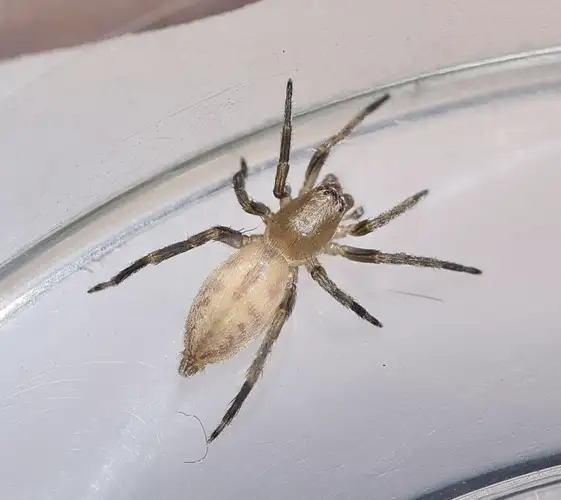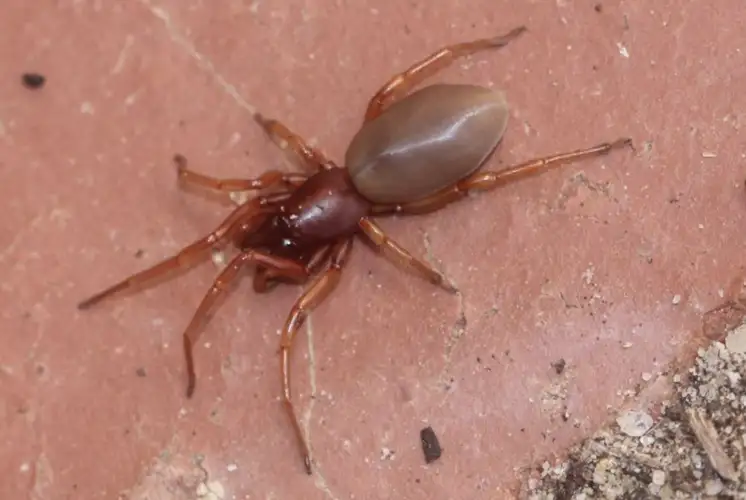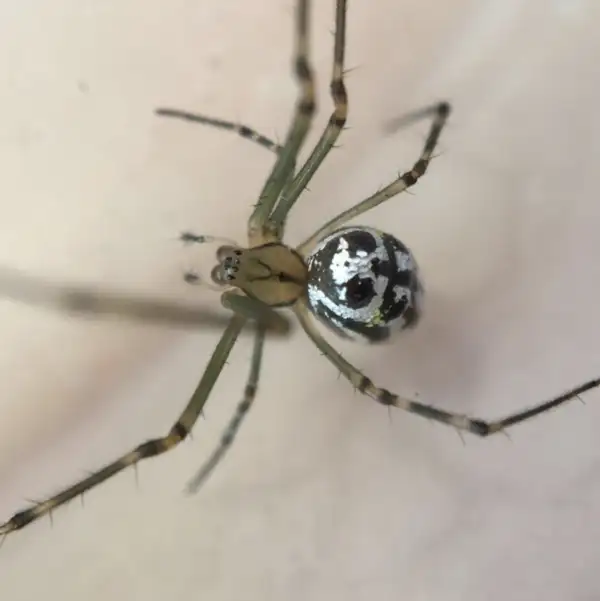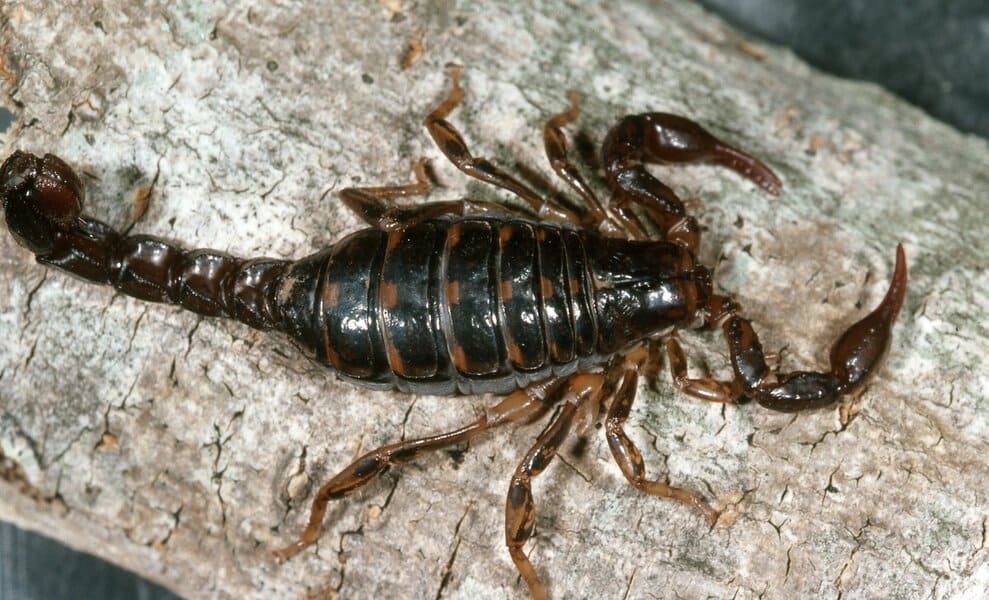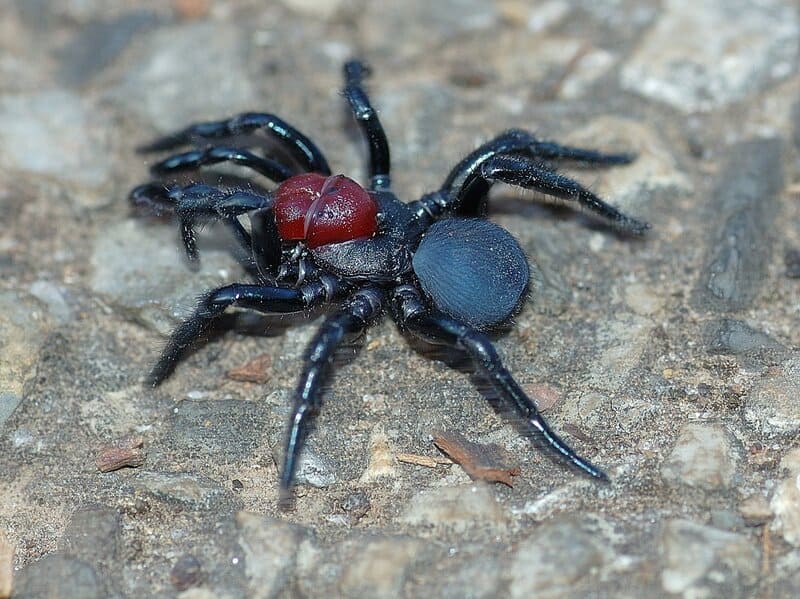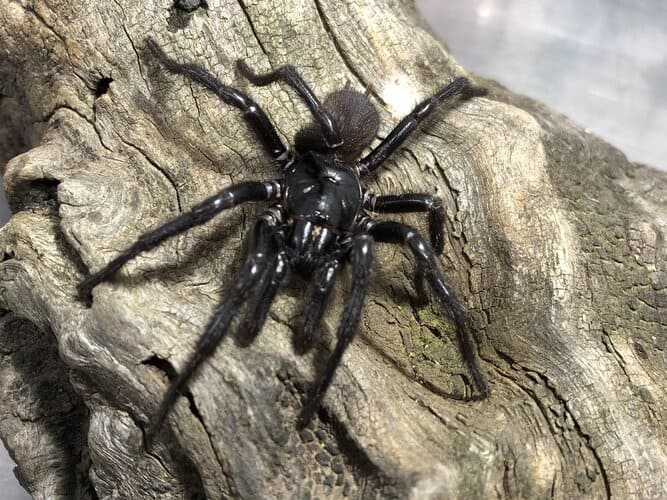Sac Spiders
IUCN
LCBasic Information
Scientific classification
- name:Sac Spiders
- Scientific Name:Cheiracanthiidae (notably the genus Cheiracanthium)
- Outline:Arthropoda
- Family:Cheiracanthiidae Cheiracanthium
Vital signs
- length:Most species 4–10 mm in body length with leg span around 1–2 cm
- Weight:Generally only tens to a few hundred milligrams depending on species and individual
- lifetime:Typically about 1–2 years, with females producing several egg sacs
Feature
Small nocturnal hunting spiders that rest in silken sacs by day and actively search for insect prey at night; some pale species known as yellow sac spiders.
Distribution and Habitat
Worldwide in forests, grasslands, crops, gardens and around buildings, where they build small silken sacs on leaves, in crevices and in corners.
Appearance
Small, agile spiders with slightly elongated bodies and relatively long legs; many are pale yellow, cream or light green with smooth abdomens.
Details
Sac spiders are a broad group of spiders that build small silken retreats or “sacs” in which they rest, rather than relying on large capture webs to catch prey. The name most often refers to species in the familyCheiracanthiidae – especially the pale “yellow sac spiders” in the genus Cheiracanthium – but similar sac-like retreats are also made by some related spiders in other families.
Basic Biology
Representative scientific scope: Family Cheiracanthiidae – sac spiders (notably the genus Cheiracanthium)
Common English names: Sac Spiders, Yellow Sac Spiders (for pale species)
Body size: Most species are 4–10 mm in body length, with a leg span of about 1–2 cm.
Life span: Typically around 1–2 years for small species, with females producing several egg sacs during their lives.
Silken Sacs & Behaviour
Sac spiders are primarily nocturnal hunting spiders. Instead of constructing a large prey-catching web, they spin a small, flattened silken sac on a leaf, in a crevice or in the corner of a wall:
By day they rest or moult inside the sac;
Females often lay and guard egg sacs within these retreats;
After dark they leave the sac and actively search for prey on foliage, walls and other surfaces.
Appearance
Typical sac spiders are small, agile spiders with slightly elongated bodies and relatively long legs, but they are not as extremely long-legged as cellar spiders. Common “yellow sac spiders” are usually:
Pale yellow, cream or light green in overall colour;
Often with a slightly darker head region and sometimes a faint dorsal stripe;
With smooth, somewhat glossy abdomens and minimal patterning.
Their movements are quick and purposeful, and when disturbed they tend to run rapidly or retreat into their sac.
Distribution & Habitat
Sac spiders in the family Cheiracanthiidae are distributed worldwide, especially in temperate and tropical regions. They occupy a wide range of habitats:
Leaves and branches in forests and scrub;
Crops, grasslands and orchards, where they roam on foliage;
Gardens, hedges, walls, fences and outdoor lights around houses;
Sometimes indoors, where they may build small silken sacs in corners, window frames or behind furniture.
Diet & Ecological Role
Sac spiders are opportunistic nocturnal predators that feed on:
Aphids, leafhoppers and other soft-bodied plant pests;
Small flies, moths and various other insects;
Occasionally other spiders or small arthropods.
Because they consume many herbivorous insects, sac spiders are often considered beneficial natural enemiesin agricultural and garden ecosystems.
Venom & Medical Significance
Like all spiders, sac spiders have venom glands to subdue prey. Some yellow sac spider species have been reported in the medical literature as occasionally biting humans, and there has been debate about whether their bites can cause significant skin reactions.
Current clinical evidence suggests that most sac spider bites cause local pain, redness and mild swelling, sometimes with a burning sensation that may last for several hours or days. Serious systemic effects are rare and they are generally not considered highly dangerous to healthy people.
Human Encounters & Precautions
Because sac spiders readily use human structures as daytime retreats, people may notice their small white silken sacs on leaves, under outdoor furniture or in corners of buildings. Simple precautions help reduce the chance of unwanted bites:
Check and gently shake garden tools, pots and outdoor furniture before handling;
Avoid squeezing or tearing open silken sacs with bare fingers;
If a bite is suspected, wash the area with clean water, monitor symptoms and seek medical advice if pain or redness persists or worsens.
FAQ
Q1. Are sac spiders dangerous to humans?
Most sac spider bites cause only localised pain and redness, and serious systemic illness is uncommon.
Healthy adults usually recover without complications, but medical advice is recommended if symptoms are severe or persistent.
Q2. Why are they called “sac spiders”?
The name comes from the small, flattened silken sacs they build as daytime retreats for resting, moulting and guarding eggs,
rather than from any special structure used to catch prey.
Q3. Are sac spiders good or bad in the garden?
They are generally beneficial, as they hunt many small insects that feed on plants, helping to keep pest populations in check.
Q4. What should I do if I find them indoors?
You can gently capture the spider and release it outside, and remove the silken sacs with a cloth or vacuum if you prefer not
to have them indoors.

